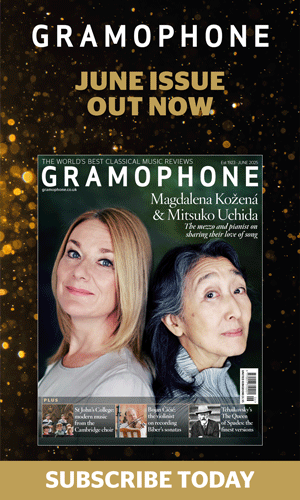The Art of Film Music
James McCarthy
Wednesday, November 13, 2019
Advances in technology and an increasing openness to new ideas has radically changed the craft of composing film scores, finds James McCarthy
Register now to continue reading
Thanks for exploring the Gramophone website. Sign up for a free account today to enjoy the following benefits:
- Free access to 3 subscriber-only articles per month
- Unlimited access to our news, podcasts and awards pages
- Free weekly email newsletter








